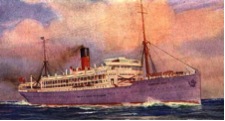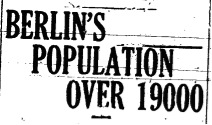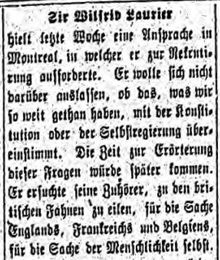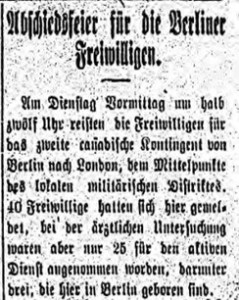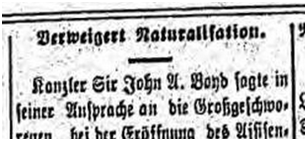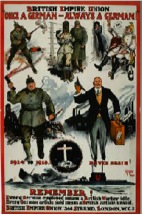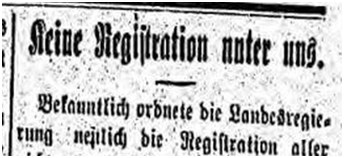One month after starting its knitting campaign for Hespeler volunteers, the women of Hespler turned their attention to other causes as well. With the rising concern about the plight of the Belgians, the Belgian Relief Fund in Berlin had been formed. Hespeler women also set out to raise money for their own Belgian Relief Fund.
The Hespeler Women also addressed the need for hospital vehicles for the European theater. Hespeler had collected a total of $154.21 for the Hospital Ship Fund since August. As a result of the nationwide campaign, the Canadian war office allocated $125,000 to procure ambulances of which half would be deployed in France and the other half in England. An additional $160,000 would be spent on equipping a naval hospital vessel. In recognition for the Canadian women who contributed to the fund the ship was to be titled “Canadian Women’s Hospital.” The women of Hespeler and Waterloo Region could take personal pride in this announcement.
Ambulances played a vital role in transporting wounded soldiers from the frontlines of France to the coast. From there hospital ships transferred the injured across the English Channel to the safety of England.
(Picture is of RMS Llandovery Castle, one of five Canadian hospital ships that served in the First World War, “Women’s Patriotic League,” Hespeler Herald, 22 October 1914)
